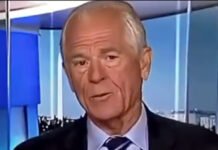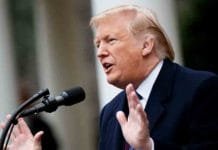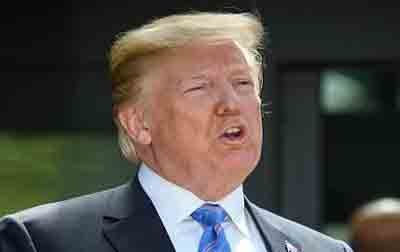America’s aggressive foreign policy under President Donald Trump has unintentionally reshaped global alliances. In its attempt to isolate and dominate, the United States has pushed three of the world’s biggest powers—India, China, and Russia—closer than ever. What was once a fragile balance of competition and cooperation is now evolving into a strategic counterweight to U.S. hegemony.
How Trump’s Policies Backfired
Donald Trump’s administration has been relentless in using sanctions, tariffs, and economic pressure as foreign policy weapons. Russia has long been under American sanctions, China has faced repeated tariff threats over trade and oil deals with Moscow, and India too has been pressured to align with U.S. policies.
Instead of bowing down, these three nations have found common ground in resisting Washington’s bullying tactics. Trump’s approach has backfired, uniting rivals into partners and building momentum for a multipolar world order.
SCO Meeting: The Turning Point
The recent Shanghai Cooperation Organization (SCO) meeting in Tianjin, China marked a symbolic turning point. A powerful photograph of Indian, Chinese, and Russian leaders sharing a candid laugh has gone viral, sending a strong message to the West.
For years, border disputes and geopolitical mistrust divided India and China, but with Russia acting as a bridge, both sides are warming up again. This new equation signals a growing Asian partnership capable of challenging American influence.
BRICS and the New Balance of Power
The BRICS nations (Brazil, Russia, India, China, South Africa) have consistently resisted Washington’s unilateral dominance. With India, China, and Russia at the core, BRICS is evolving from a financial bloc into a geopolitical powerhouse.
This cooperation represents more than economics—it’s about reshaping the global balance of power. For the first time, America faces a united trio of superpowers that not only reject U.S. pressure but are actively creating parallel institutions and alliances.
India-China Reset: The Role of Russia
One of the most remarkable shifts is the India-China thaw. After the bitter Galwan border clash, relations between New Delhi and Beijing hit rock bottom. However, Moscow has played a quiet yet significant role in easing tensions, pushing both countries toward dialogue.
While India continues to safeguard its sovereignty, it also recognizes that long-term stability and development are better served through cooperation with neighbors rather than constant confrontation—especially when Washington’s interests often run counter to India’s regional goals.
Why America Should Worry
For Washington, this alliance is troubling on multiple fronts:
It undermines U.S. efforts to isolate Russia.
It blunts American leverage over India, a key Indo-Pacific partner.
It reduces the effectiveness of tariffs and sanctions on China.
More importantly, it shows the limits of American dominance in a world that is rapidly moving toward multipolarity.
Conclusion
The laughter shared between Indian, Chinese, and Russian leaders in Tianjin was more than just a friendly moment—it was a symbol of resistance against unilateralism. As BRICS strengthens and Asian giants find common ground, the United States must confront a new reality: it is no longer the unquestioned king of the world.
What America tried to divide, it has instead united. The India-China-Russia trio is now a force that could reshape the global order for decades to come.















